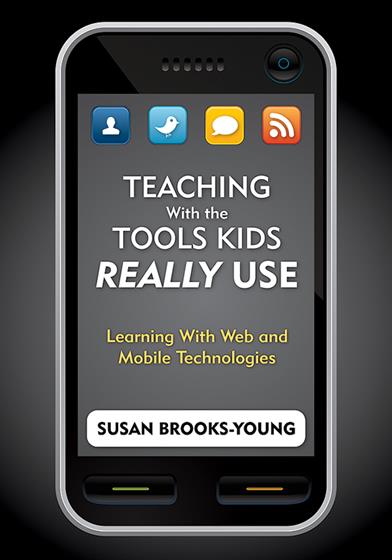Acknowledgments
About the Author
Introduction
1. 21st-Century Skills
What Are 21st Century Skills?
Common Objections to Teaching 21st Century Skills
Changing Points of View
Strategies for Classroom Use
Practical Suggestions
Discussion Points
References
Part I. Mobile Technologies
2. Cell Phones
The Scoop on Cell Phones
Common Objections to Cell Phone Use on Campus
Changing Points of View
Strategies for Classroom Use
Practical Suggestions
Discussion Points
References
3. MP3 Players
MP3 Player Basics
Common Objections to Use of MP3 Players on Campus
Changing Points of View
Strategies for Classroom Use
Practical Suggestions—Using Existing Files
Practical Suggestions—Podcasting Basics
Discussion Points
References
4. Netbooks
Netbooks 101
Common Objections to Use of Netbooks on Campus
Changing Points of View
Strategies for Classroom Use
Practical Suggestions
Discussion Points
References
Part II. Web 2.0 Tools
5. Social Networking
Introduction to Social Networks
Common Objections to Use of Social Network Services on Campus
Changing Points of View
Strategies for Classroom Use
Practical Suggestions
Discussion Points
References
6. Virtual Worlds
Virtual World Basics
Common Objections to Use of Virtual Worlds on Campus
Changing Points of View
Strategies for Classroom Use
Practical Suggestions
Discussion Points
References
7. Creating Content—Writing
Writing Online
Common Objections to Classroom Use of Online Writing Tools
Changing Points of View
Strategies for Classroom Use
Practical Suggestions
Discussion Points
References
8. Creating Content—Images
Online Photos and Video
Common Objections to Classroom Use of Online Photo and Video Sites
Changing Points of View
Strategies for Classroom Use
Practical Suggestions
Discussion Points
References
9. Gaming
The Basics About Games and Gaming
Common Objections to Classroom Use of Online and Video Games
Changing Points of View
Strategies for Classroom Use
Practical Suggestions
Discussion Points
References
10. Digital Citizenship
Ethical Use of Technology
Discussion Points
References
11. Decision Making and Implementation Model
Who’s Calling the Shots?
Thinking Ahead
Decision Making Model
Glossary
Web Sites by Topic
Index



